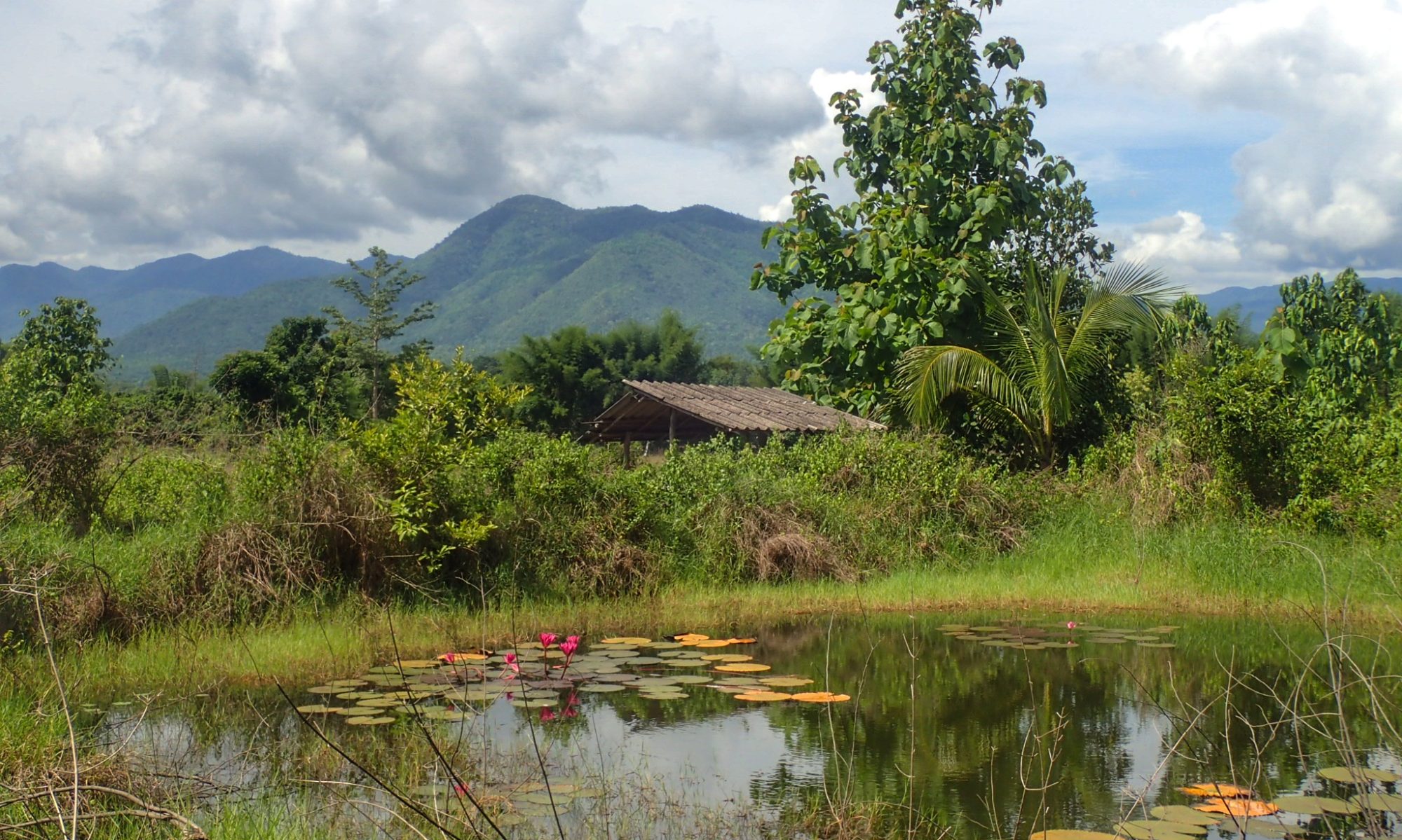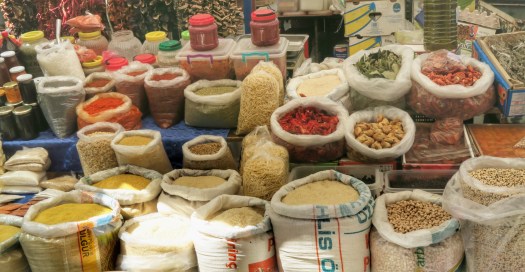Some notes about the universe looking out for you, changes, and adventure fatigue on our last days in Turkey from Istanbul to Çeşme…
The past few weeks have been full of mixed emotions, as a big section of our tour nears completion and the nature of our adventure is about to change dramatically.
It was nearing time to mail our camping gear home, as camping options in India and SE Asia are more limited than the cheap hotels. Even though it means less weight to carry on the bikes and more comfortable lodging for the foreseeable future, it brings up many fond memories of our camping so far this trip, from camping on sandy beaches to wooded patches with an ocean view to busy parks full of camper vans. These are all fantastic memories, and although we’ll have lots of new memories, we will both miss sleeping in the outdoors.
Our last camp spot was in Turkey on the island of Bozcaada, one of the few islands off Turkey’s coast that belongs to Turkey and not Greece.

A shipwreck on a beach in Bozcaada.
Unfortunately on our last night of camping, I threw out my back, and spent the next week cutting our rides short and walking around like the old man that I’m apparently becoming.
It was during these few days that I almost felt myself losing motivation for continuing our tour. I miss my friends back home, and despite how much effort we spend to make new friends, they are also gone within a day or two as we continue to travel. The novelty of visiting tourist sites has long since faded away except for the most stunning of them. We’ve seen enough churches, mosques, castles, cathedrals, markets, and monuments to fill a lifetime at this point. I think there is such a thing as adventure fatigue, and we were feeling it. Instead of sightseeing, we put our energy into meeting people and seeing the local culture where possible, but this gets draining as well, after many good byes and lost connections.
And on top of all this, my rear bike rack broke, and the bag was barely holding on. I was getting really grumpy and making Steve miserable as well, I think.

And so it was, feeling grumpy, in pain, and disheartened and homesick, that we rolled into a small town along the coast looking for lunch. The many kilometers of cobbles, poorly-paved roads, and dirt paths through olive tree fields had us uncomfortable, and none of the restaurant options looked attractive, the same boring grilled food and pizza you see everywhere. We had no chance of making it another 100km to Izmir, and we were a few days behind our original plan due to my back pain.
I think the universe looks out for us sometimes when you least expect it and most need it. And it did for us this day. Another cyclist rolled up next to us and said hello. It turns out he’s a Turk from this town who used to live in the UK so speaks perfect English. He just picked up cycling recently and was on his way to the beach but wanted to say hello and see if we needed anything. We asked for a lunch recommendation, and he insisted on riding with us to show us where the locals eat. For the same price as the pizza we were considering, we enjoyed a delicious plate of rice and beans, and eggplant and beef stew, followed by a complimentary çay. Over lunch, we talked about our plan and how we couldn’t make it to Izmir today, and he said, why don’t you take the train from Aliağa, just 60km away? We didn’t know there was a train or that you could take bikes on it! He wrote down the name of the station, and with a full stomach and new hope of getting to Izmir today, our spirits were instantly lifted.
We then asked if there might be a bike shop nearby, expecting nothing until we got to Izmir, but he took us to a small shop in town where a mechanic looked at my rack and confirmed it was not repairable since it’s aluminum. But he helped me put on a clamp to hold the rack temporarily and also reinforced the bag’s straps with an old inner tube. It should make it to Greece now, where we might find a new one.
We are so thankful for the help of everyone we’ve met along the way. Turks have been uncommonly generous, offering us their homes, food, assistance, and lots of çay. On the road, we get many friendly honks and waves. It is something very special about this country that we have grown to love.

A WarmShowers host invited us out with his friends in Çanakkale.
We will be slowing down and island hopping through the Greek islands over the next few weeks, giving ourselves a needed break from nonstop cycling to rejeuvenate and regain our excitement for our travels ahead.
And now some more photos…

Windmills at sunset Gelibolu.
Çanakkale



The Trojan horse prop from the movie Troy.
Izmir


Ephesus
Since we were behind schedule, we took the train from Izmir to Selçuk to see Ephesus instead of cycling. It was totally worth it! Amazing archaeological site!







Cycling

The roads in Turkey are not nice for cycling. Except for a few nice roads near big cities like Izmir, there are only two options: cycle on a 4 lane divided highway with a wide shoulder and nice placement but boring. Or ride the secondary roads with no shoulder and this horrible pavement, which is basically a bunch of coarse gravel smushed onto a thin layer of tar. Kind of like sand paper. After a kilometer, your hands and butt go numb from the bumps, but the road keeps on for hundreds. It looks like sandpaper, so I kept thinking what would happen to my skin if I fell! Eek!

These look surprisingly real from far away!

The Aegean coast is stunning.
Food
I will post a final Bike Stomach blog shortly!
Bye Turkey!

On the ferry from Çeşme, Turkey to Chios, Greece.
































































































